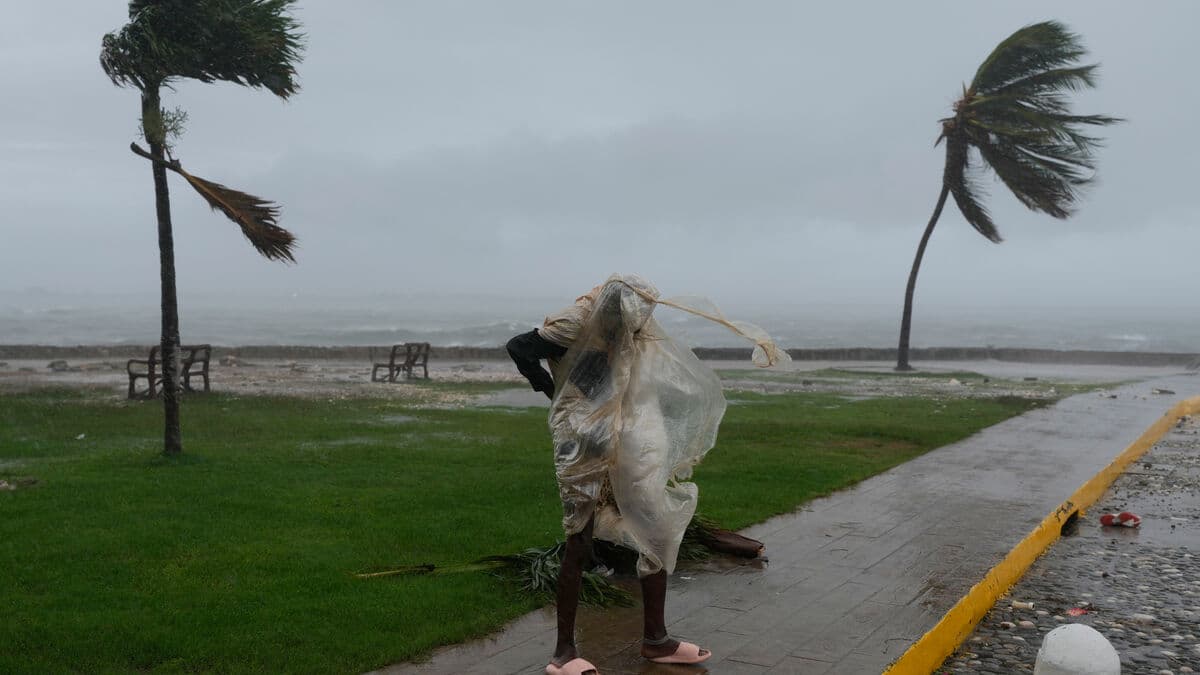Hurricane Melissa reached category 5, the maximum strength, when it moved over the Jamaican mainland at 18:00 on Tuesday, according to the hurricane institute National Hurricane Center (NHC) in Miami, USA. The storm was thus the most powerful to hit the island in 174 years, according to the news agency AP.
The winds drove forward with over 80 meters per second when Melissa struck.
But when the hurricane then swept over the land, it lost power – as hurricanes often do when they leave the sea and reach solid ground – and Melissa was downgraded to category 4, according to NHC.
"Life-threatening"
"This is still an extremely dangerous and life-threatening situation!" NHC wrote late on Tuesday evening and notes that the storm winds are moving at a speed of up to 70 meters per second.
Storm Melissa has been moving slowly through the Caribbean in recent days. It is described as stronger than the storm Katrina, which affected several states in the USA 20 years ago, with severe flooding and more than 1,800 fatalities as a result.
Saturated soil
The government has done everything they can to prepare for a storm "the likes of which we have never seen", said Information Minister Dana Morris Dixon to BBC's "Newshour". October is already the month when most rain falls over the island nation.
The soil is already very saturated. Then to get so much rain means that we will get flooding – extensive flooding – and landslides in the mountainous areas, she said.
The International Red Cross and Red Crescent Federation (IFRC) warns of "massive impact".
Mandatory evacuation
1.5 million people may be affected, said Necephor Mghendi, IFRC's head of delegation for the Caribbean.
According to Prime Minister Andrew Holness, the western part of the island was expected to be hit the hardest. But directly after the storm's passage, the reports were sporadic about flooding, accidents, and crises. The extent of the damage was also difficult to assess, and that the danger was not over on the island even if Melissa had left the land.





